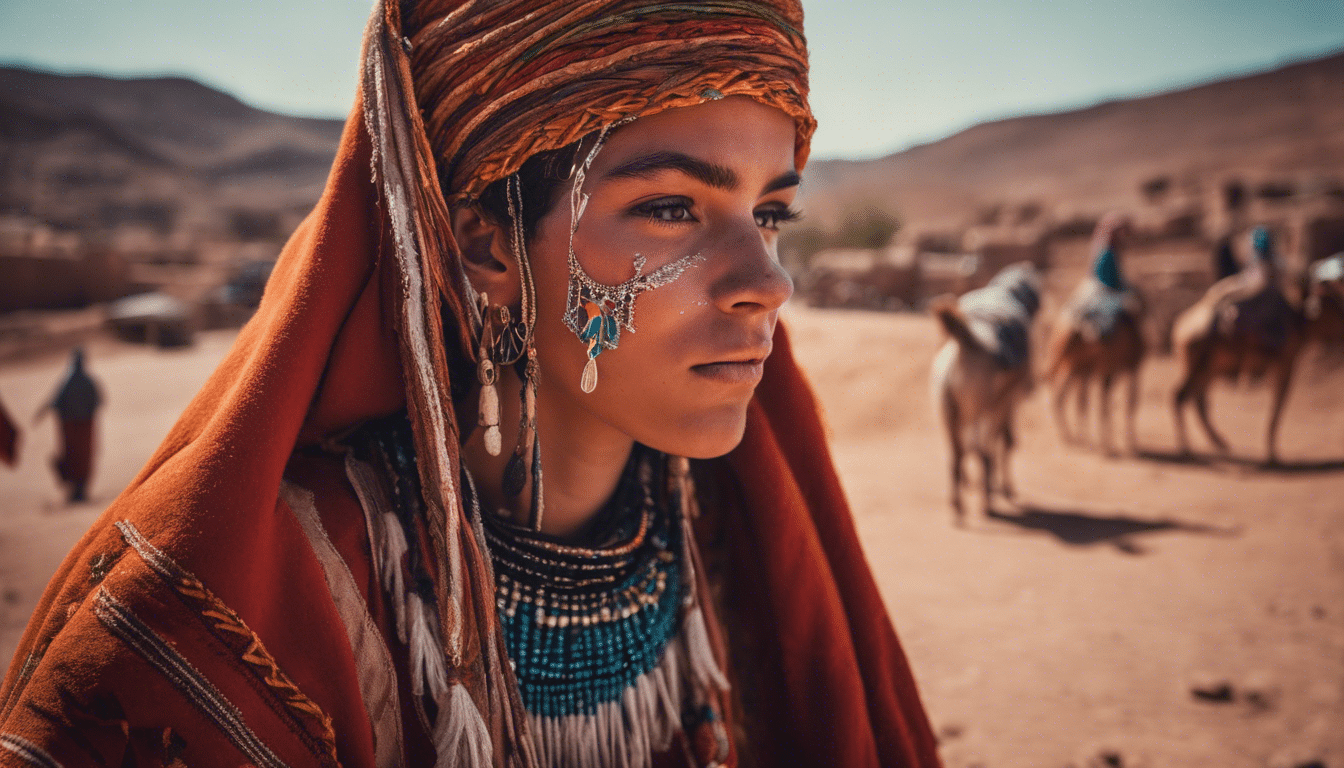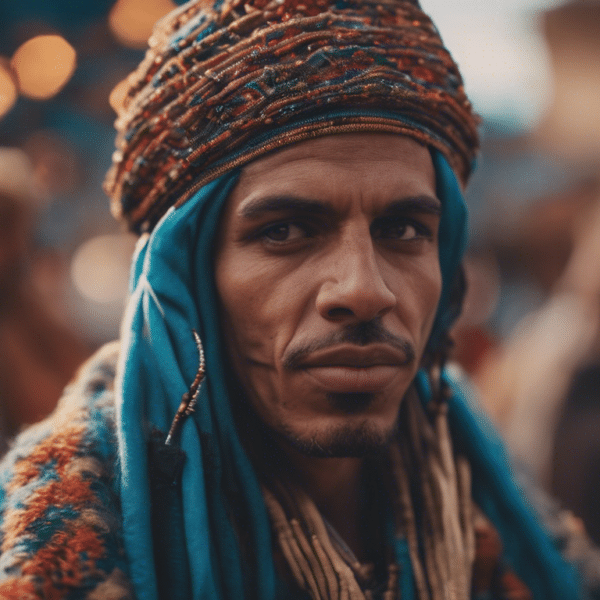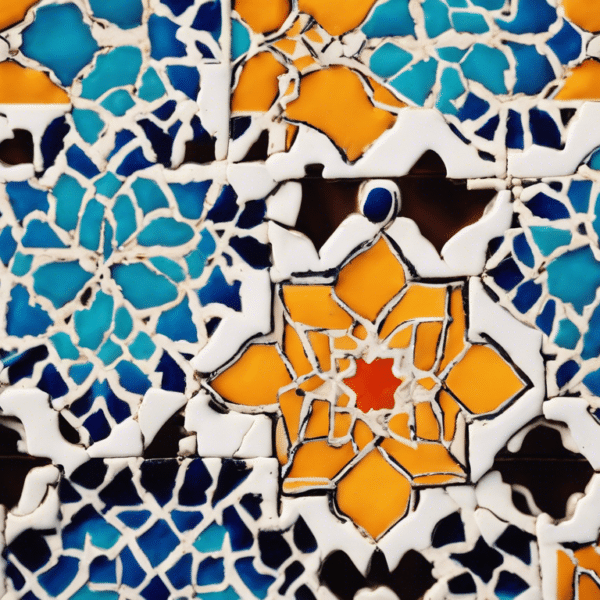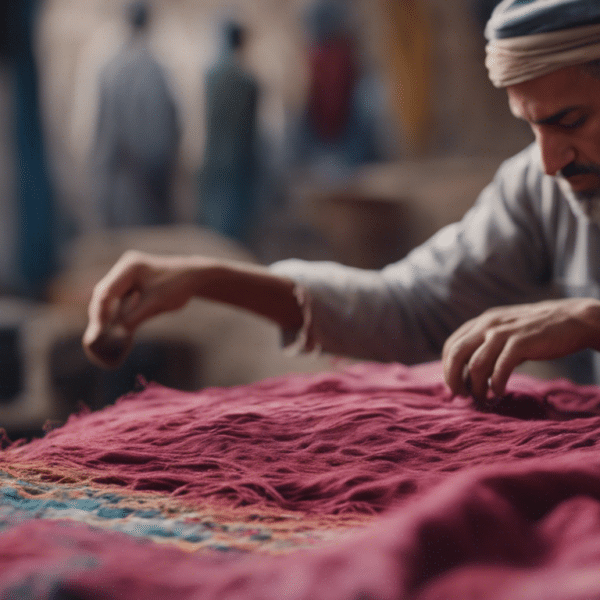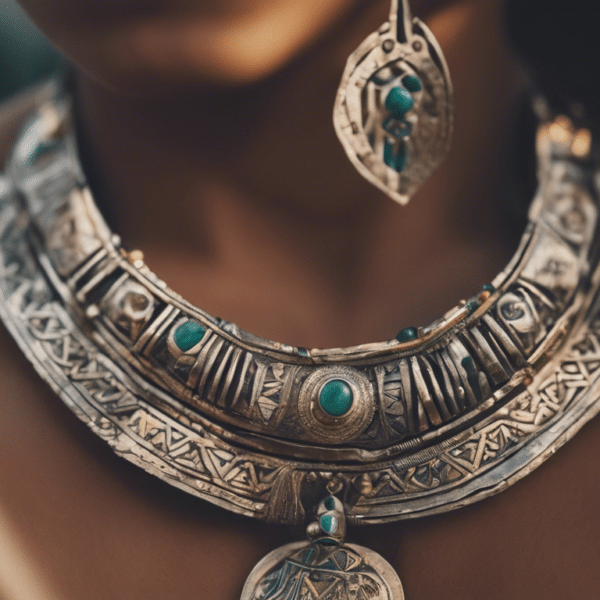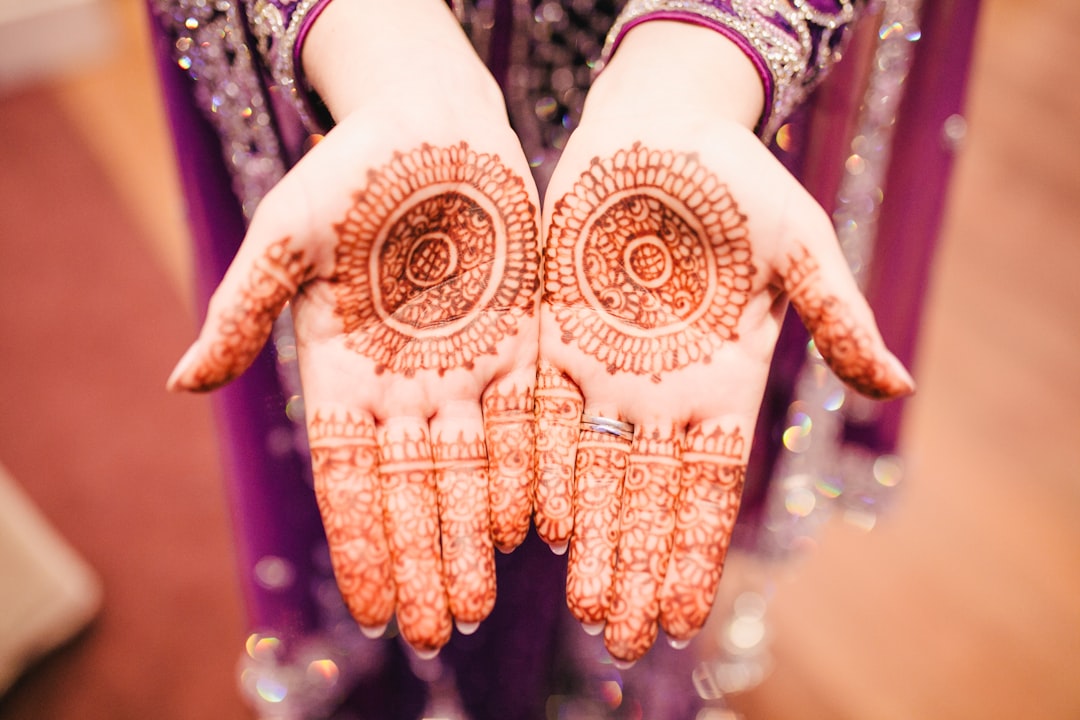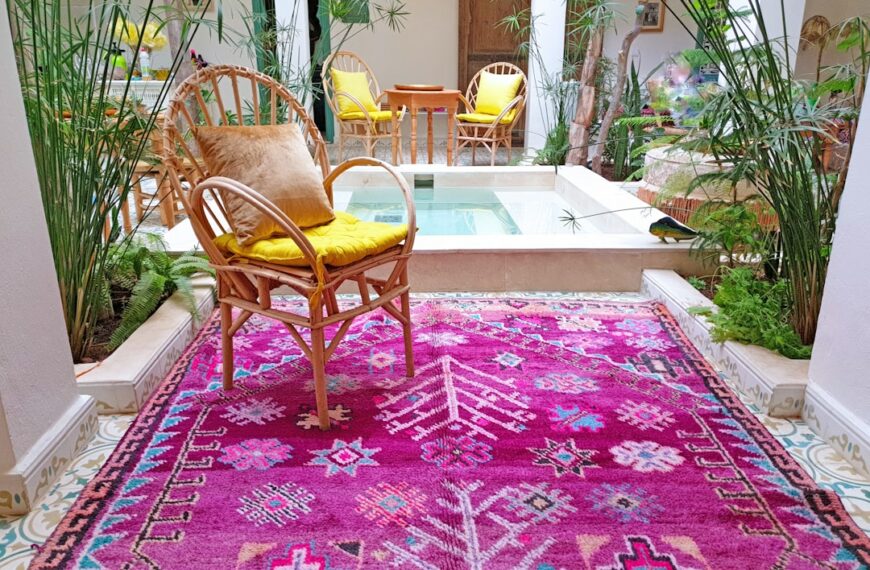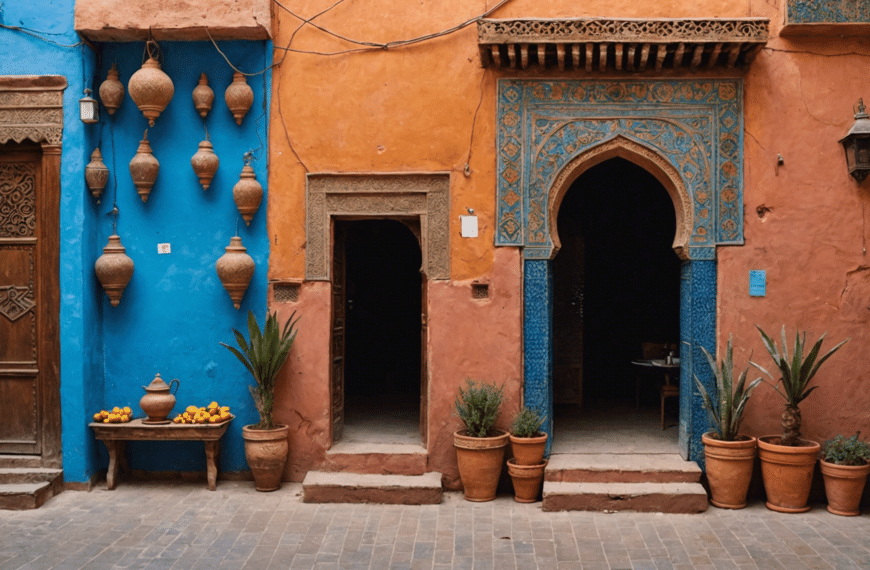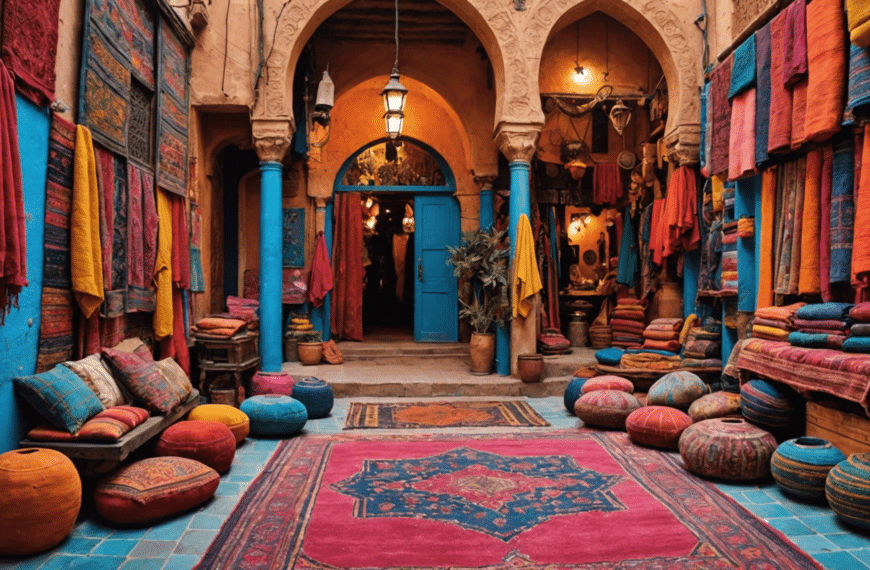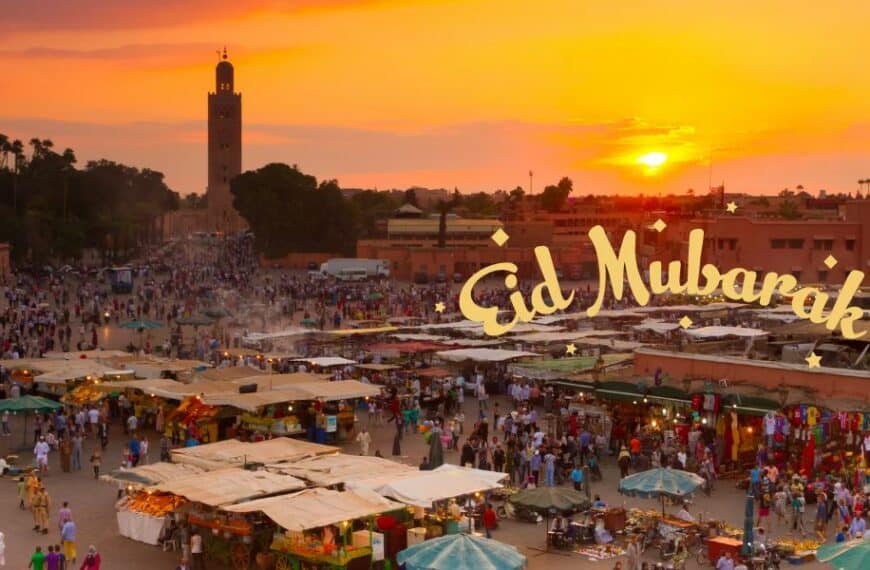Embark on an enchanting journey into the heart of the Atlas Mountains where the pulsating rhythms of Amazigh (Berber) culture blend seamlessly with the rugged landscape. Morocco’s indigenous soul comes alive through its rich tapestry of traditions, from the melodic call of the Imazighen language that echoes across valleys to the intricate weaves of rugs telling stories older than the nation itself. Discover what sets the Amazigh culture apart in a land where every festival, every pattern, and every melody is a vibrant testament to an enduring heritage that has captivated wanderers, traders, and scholars for centuries. This is the untold saga of resilience and artistry; the unique chronicle of the Moroccan Amazigh people.
The roots of Moroccan Amazigh heritage
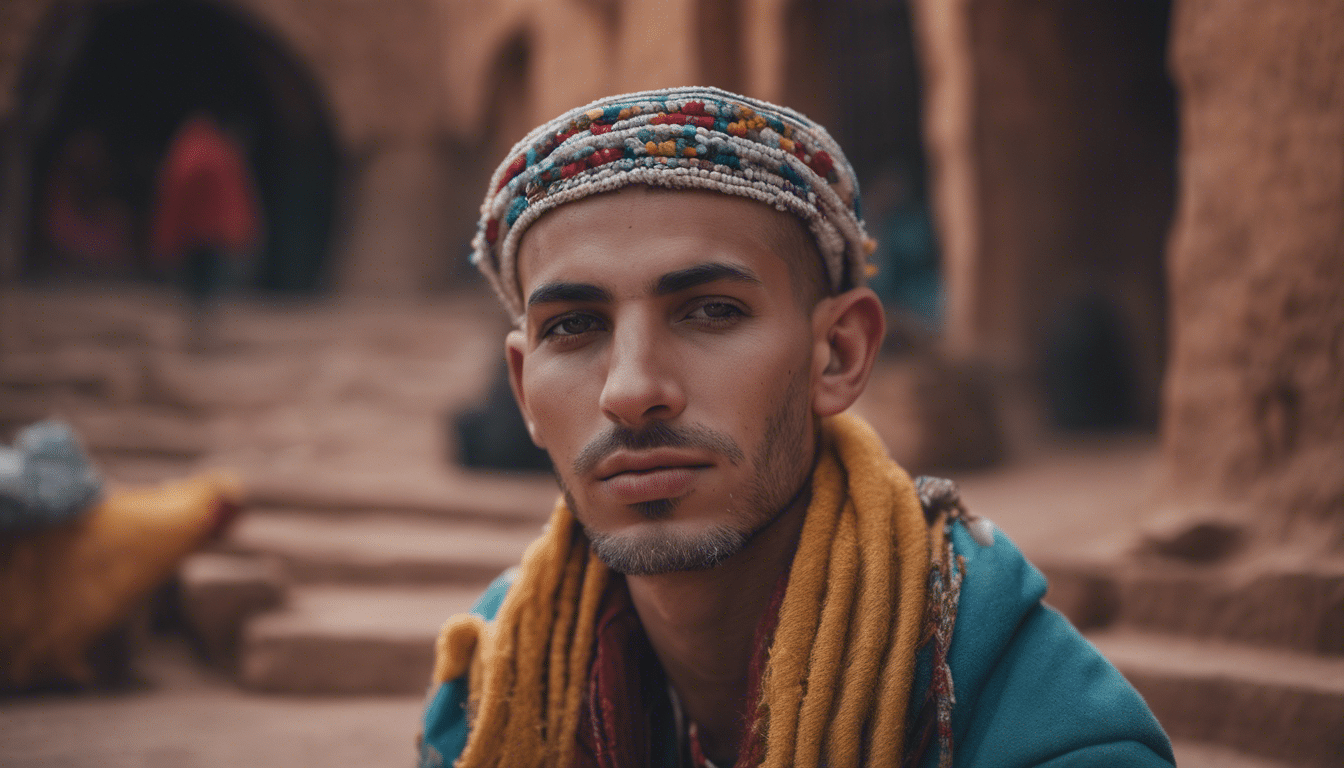
Moroccan Amazigh Culture: The roots of Moroccan Amazigh heritage
Nestled in the cradle of North Africa, the Moroccan Amazigh culture is a tapestry of ancient traditions, unwavering bonds to the land, and a resilient spirit that has withstood the test of time. The Amazigh people, often referred to as Berbers, are the indigenous inhabitants of Morocco, with a history that dates back thousands of years before the Arab conquest. Their rich heritage is not only the cornerstone of Moroccan identity but also a vibrant contributor to the broader cultural landscape of the region.
The Origins and Identity of the Amazigh Peoples
Understanding the Moroccan Amazigh culture begins with tracing the roots back to the early inhabitants of North Africa. The Amazigh people boast a diverse array of tribes, languages, and customs, each adding a distinctive thread to the fabric of Moroccan society. The soul of Amazigh identity lies in their language, Tamazight, which comes in several dialects and has recently gained recognition as an official language of Morocco, cementing its place in the nation’s cultural mosaic.
The Enduring Amazigh Traditions
The heart of Amazigh tradition beats in sync with the rhythm of their customs and celebrations. Among these is the vibrant festival of Imilchil, where marriage ceremonies are woven into a colorful tapestry of social gatherings, dance, and music. The Amazighs celebrate their New Year, Yennayer, with feasts and joyous communal activities, marking the beginning of their agricultural calendar.
– Traditional attire: The Amazigh people are also known for their stunning, hand-woven textiles. Djellabas, colorful tunics, and intricate jewelry, particularly silver adornments, are emblematic of Amazigh attire.
– Music and dance: Their music, a soul-stirring blend of rhythmic drums, flutes, and chants, is an essential expression of their cultural narrative, while their dances often tell stories of their daily lives, struggles, and celebrations.
– Culinary delights: The Amazigh cuisine offers a delectable journey through Moroccan landscapes, with dishes like tagine and couscous, seasoned with the warmth of spices and the love of the hands that prepare them.
The Amazigh Influence on Architecture and Art
The Amazigh contribution to Moroccan art and architecture can be seen in their unique designs that dot the landscape from the majestic Atlas Mountains to the serene Sahara. The iconic Kasbahs, made of earthen clay and straw, not only symbolize the Amazigh architectural ingenuity but also reflect their connection to the land. The intricate geometric designs found in Amazigh pottery, carpets, and weaponry stand as a testament to their skilled craftsmanship and aesthetic sensibilities.
Preserving the Amazigh Cultural Heritage
In a world that’s rapidly modernizing, the preservation of Amazigh heritage has become a focal point for many. Efforts to keep this culture alive are evident in the emphasis on teaching Tamazight, the resurgence of traditional festivals, and the global recognition of Amazigh art and music. Organizations are working diligently to document the Amazigh way of life, ensuring that the roots of this rich heritage continue to nurture the identity of future generations.
The Moroccan Amazigh culture embodies a resilience and beauty that are as timeless as the Atlas Mountains they call home. From the artistry of their crafts to the echoes of their language, the Amazigh roots run deep, offering a world of discovery for those who wish to explore the heart and soul of Morocco’s indigenous history.
Distinguishing factors of Amazigh traditions

In the heart of North Africa, Morocco’s rich tapestry is woven with the vibrant threads of the Amazigh culture. This indigenous group, also known as the Berbers, can trace their roots back to antiquity and have maintained a plethora of traditions that distinguish their way of life from their neighbors.
The Amazigh Language: A Cornerstone of Identity
Tamazight, the language of the Amazigh people, stands as a bastion of their culture and identity. Employing an ancient script known as Tifinagh, this language has been passed down through generations despite the forces of Arabization and globalization. In recent years, a resurgence of pride in Tamazight has led to its recognition as an official language in Morocco, reinforcing its importance among the Amazigh population and shining a spotlight on the uniqueness of this rich linguistic tradition.
Traditional Dress and Adornments
As wanderers through the bustling markets of Morocco, one cannot help but notice the traditional attire of the Amazigh people. Women’s garments often consist of colorful textile woven with intricate patterns, their beauty accentuated with jewelry crafted from silver and beads. The men don an equally distinct dress, usually including a large, often white, robe known as a djellaba and a turban that serves both functional and aesthetic purposes. The uniqueness of their dress serves not only as a daily expression of their heritage but also as a visual history book detailing their artisanal skills and the evolution of their social customs.
Rural Amazigh Architecture
The Amazigh’s connection to their land is immortalized in their characteristic architecture. The iconic Kasbahs, earthen dwellings made from local materials, stand majestic and resilient against the harsh landscapes. These structures are strategically designed to combat the temperatures of the Sahara, showcasing a practical yet visually compelling aspect of Amazigh craftsmanship and their respect for the environment.
Culinary Delights: A Feast for the Senses
If you delve into the culinary world of the Amazigh, you will find dishes that delight the palate and warm the soul. Their food epitomizes the union of simplicity and richness, using ingredients available from the land they love and cultivate. A quintessential dish such as Tagine, highlights the use of local spices and slow-cooking techniques to create meals bursting with flavor and tradition.
Cultural Celebrations and Music
Melodies that echo through the Atlas Mountains and valleys, transport listeners to the realm of Amazigh hospitality and festivity. Music, predominantly made by instruments such as the loutar and bendir, serves as a backdrop to all aspects of life, from marriage ceremonies to communal gatherings. The annual Imilchil marriage festival is a prime example where Amazigh music and dance come to the fore, providing a window into their matrimonial customs and shared joy.
Ancient Rites of Passage
The fabric of Amazigh society is also defined by its rites of passage, intricately carved into their life cycle. From birth to death, rituals are imbued with symbolism, rooted in the Amazigh’s distinct worldview. Each rite carries with it the weight of ancestry and the blessing of continuity, ensuring that the threads of their cultural identity remain intertwined for generations to come.
The Amazigh people, with their deep sense of identity and rich cultural expressions, offer a world of discovery for those seeking to understand the diversity of Morocco. Their language, dress, architecture, cuisine, music, and rituals are but a few elements that highlight the distinctive nature of the Moroccan Amazigh culture. As keepers of ancient traditions, the Amazigh stand tall amidst the sands of time, their enduring legacy a testament to the history and spirit of Morocco.
The influence of language in Amazigh identity
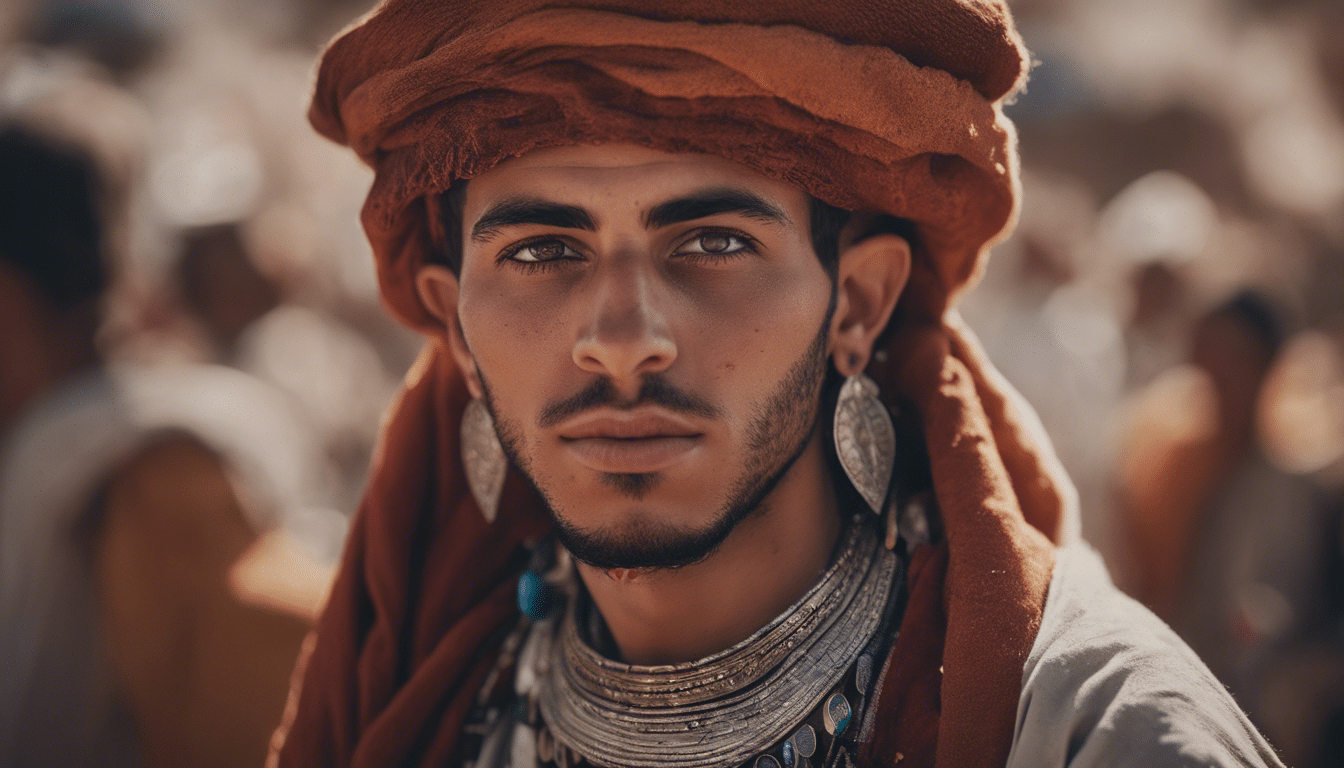
In the heart of North Africa, amidst the bustling cities and serene landscapes of Morocco, thrives an ancient culture as vivid and intricate as the patterns of a traditional Berber rug. The Amazigh, known to many as Berbers, have woven the fabric of their unique identity throughout the centuries, with language serving as both thread and loom. An exploration into the Amazigh culture reveals how deeply their language, Tamazight, has influenced their collective sense of self.
Language as the Keeper of Amazigh Heritage
Tamazight is more than a method of communication for the Amazigh—it is the guardian of their ancestry, customs, and folklore. Each utterance is a recollection of their history, echoing the tales of their ancestors. Through poems and songs, elder Amazigh convey stories of valiant warriors and ancient dynasties, preserving the memory of their people. As the younger generations grasp the complexities of their language, they inherit a legacy imbued with the rich tapestry of Amazigh values, standing as a testament to their resilience and pride.
Emblematic Script and Symbols
The quintessence of Amazigh language’s influence is manifest in the Tifinagh script—a captivating array of geometric characters etched onto artefacts that tell stories of a bygone era. These symbols, a language enigma, adorn jewelry, pottery, and textiles, a silent proclamation of Amazigh presence. For the Amazigh, each symbol is a mosaic piece in their identity, a tangible representation of tradition that endures amidst modernity.
Social and Political Revival
In contemporary times, the Amazigh have seen a renaissance as their language has gained official recognition in Morocco. This signified not merely an acknowledgment of their mother tongue but a restoration of their cultural essence. Advancements in education and media, endorsing Tamazight, have been pivotal in fostering a collective consciousness among the Amazigh, bolstering their endeavours to protect and promote their heritage.
Unifying Diversity
Morocco’s multifaceted culture thrives upon its diversity, with each Amazigh dialect—Tarifit, Tashelhit, and Central Atlas Tamazight—lending its unique thread to the Moroccan cultural quilt. Such linguistic plurality is emblematic of the diverse Amazigh communities that span the Atlas Mountains, the Rif, and the vast Sahara. The heterogeneity of their speech reflects not division, but rather, the rich plurality within their shared identity.
International Amazigh Influence
The ripples of the Amazigh language and culture have transcended Moroccan borders, influencing global perspectives on indigenous identity. International Amazigh Day celebrates the resilience and beauty of this ancient culture, lending a podium to voices that speak of heritage and preservation. Through artistic expressions, literature, and academic research, the Amazigh identity continues to shine, fostering cross-cultural understanding and mutual respect.
Witnessing the powerful role language plays in Amazigh identity is akin to observing the steady hands of a master weaver—meticulously working threads into a tapestry that tells an enduring story. The weft of Tamazight interlaces the past, present, and future of the Amazigh people, crafting an unwavering narrative of identity, one word at a time. Through embracing their linguistic roots, the Amazigh maintain their vibrant presence in the Moroccan mosaic, a celebration of both uniqueness and unity.

